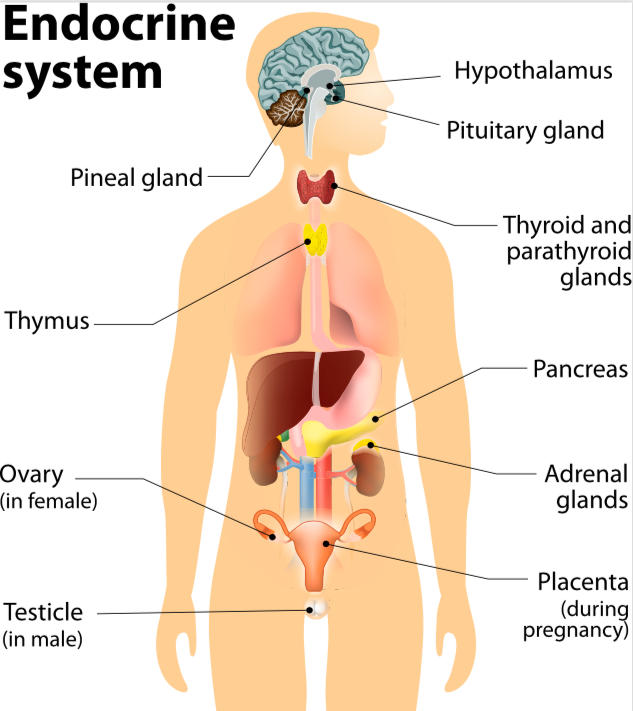|
|
||||||||||||||||||
|
Hormone therapies for cancer |

|
|||||||||||||||||
Some tumours (cancers) are stimulated by the body's own hormones (usually the female hormone oestrogen or the male hormone testosterone). Some of these cancers can be stimulated by female hormones taken deliberately such as HRT or hormone replacement therapy. Post-menopausal women who are overweight or sedentary tend to have higher oestrogen levels hence a greater risk of hormone dependent cancers such as breast, uterus and ovary. Oestrogen and testosterone are part of the endocrine system Cancers with hormone receptors can also be promoted and stimulated by ingested chemicals which have oestrogenic properties such as plastics, pesticides, aluminium and pollution( see xenoestrogens and metaloestrogens). Some people think that plant based foods with mild oestrogenic properties (phytoestrogens) could increase the risk but they wrong. Ingestion of foods containing isoflavones and lignans actually lower the body's oestrogen levels and block th eoestrogen receptor on cells so actually reduce the effect of oestrogen. That's why women who eat foods such as soy, chickpeas, lentils have a lower risk of breast cancer or breast cancer relapse after treatment. In those who have established cancers, stopping the body's hormones stimulating the receptors on cancer cells in many cases will stop them growing and in some cases shrivel up and die completely (self destruct - apoptosis). Most of the successful therapies in this category are for Breast cancer and Prostate cancer. The more common hormonal treatments:
Lifestyle and self help tips to help cope with the risks and side effects of hormones:
How do hormone therapies work?
Blocking the hormone receptor; Cancer cells have receptors which when blocked they cannot be influenced by the bodies hormones, despite often normal levels in the blood stream. The most well known is called oestrogen receptor and can be blocked with tamoxifen and toremifene (selective oestrogen receptor modifiers -SERM's). These receptors can be measured by performing a special test on the tissue removed from the tumour (oestrogen receptor positive). In prostate cancer the receptors are called androgen receptors, Although they are not easy measured they can be blocked with drugs such as bicalutamide (casodex), Flutamide (Drogenil) and Buserelin (suprefact). CD4/6 inhibitors are a new class of drugs that have shown promise in the treatment of advanced ER- positive breast cancer. Cyclin dependent kinases (CDK) regulate the process of cell division, required for growth. The thought is that if we can block CDKs, then cells won’t multiply and cancer can be slowed or stopped. They are always given with aromatase inbititors or faslodex. These new drugs are more specific for blocking only CDK4 and CDK6, making them more effective with fewer side effects. |
||||||||||||||||||





